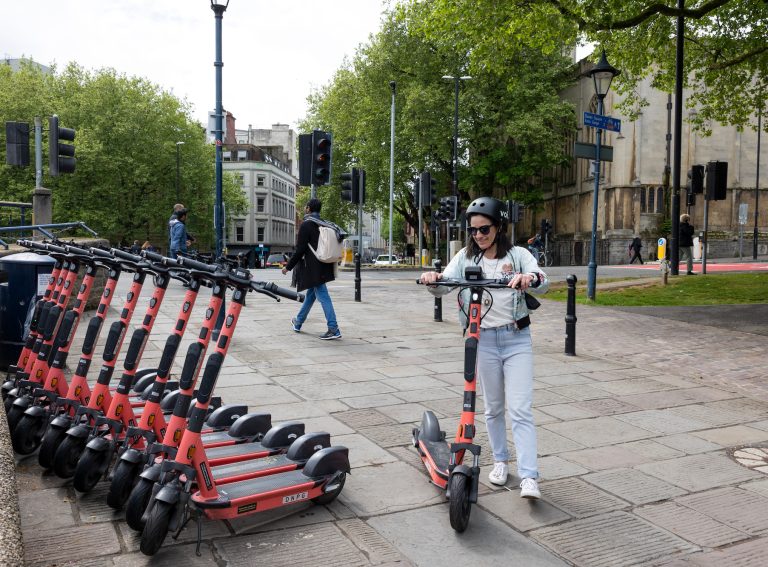Two months after the historic European Declaration on Cycling was signed in Brussels, industry leaders have gathered at Micromobility Europe in Amsterdam to discuss what’s next for e-bike regulations.
The European Declaration on Cycling is one of the most ambitious EU-level policy initiatives on cycling to date setting out 36 commitments to recognise cycling as a strategic priority across the EU.
Today’s ‘Paving the way through government support and regulation for e-bikes’ panel hosted four speakers who explained what’s needed from governments around the world to drive this sector forward.
“This document states that cycling should be prioritised in urban mobility. This doesn’t mean putting on a level playing field with other modes of transport, but prioritised,” President of the European Cyclists’ Federation Henk Swarttuow told the panel.
“That is a very very important message.”
Decathlon Sustainability Mobility Project Manager Luis Costa told the panel that although the Declaration is an important document, the guidance now needs to be put in action.
“The first thing to do is develop safe cycling infrastructure all over Europe,” Luis said. “It’s the most fundamental prerequisite for an increased uptake of cycling in the EU and can be achieved through concrete and actionable initiatives.
“Mobility transition starts with our streets. There’s evidence that shows e-bikes are increasing and our cities need to be prepared for that.”
On the infrastructural change
According to Henk, there’s no one-size-fits-all approach when it comes to cycling infrastructure.
“If you have a mediaeval inner-city, you can’t do the same as you would in a new suburb.”
However, if more people are cycling and less people are using cars, then the redistribution of road space should be a common course of action. For Henk, this infrastructural change requires a realistic timeframe.
“Or you can do it quick and dirty like they did in Paris during the pandemic. A lot of paint, low-quality, and not totally safe but it did work and people did use it.”
Ruter’s Head of Micromobility Pia-Suzann Skulevold said on the panel how the Norwegian public transport authority is working with municipalities and operators to integrate micromobility in public transport, and how this can inform infrastructural decisions.
“Municipalities can use data from the micromobility service to identify where they should implement bike lanes,” she said.
Support in the form of subsidies
Lars Christian Grødem-Olsen, an Advisor for Movability and a Zag Industry Expert, highlighted how Norway is recognising that it may be “backwards” that subsidies mostly go towards electric cars.
“I think Norway is waking up to the fact that there’s lost tax revenue here and we could be spending this on e-bikes. They’re asking the question: why aren’t we doing this for bicycles?”
Lars told the panel that people prefer to pay less for travel that requires more effort, such as walking for example. The next step is therefore finding out how governments treats different modes of vehicles, so that subsidies can shift from cars to micromobility.




